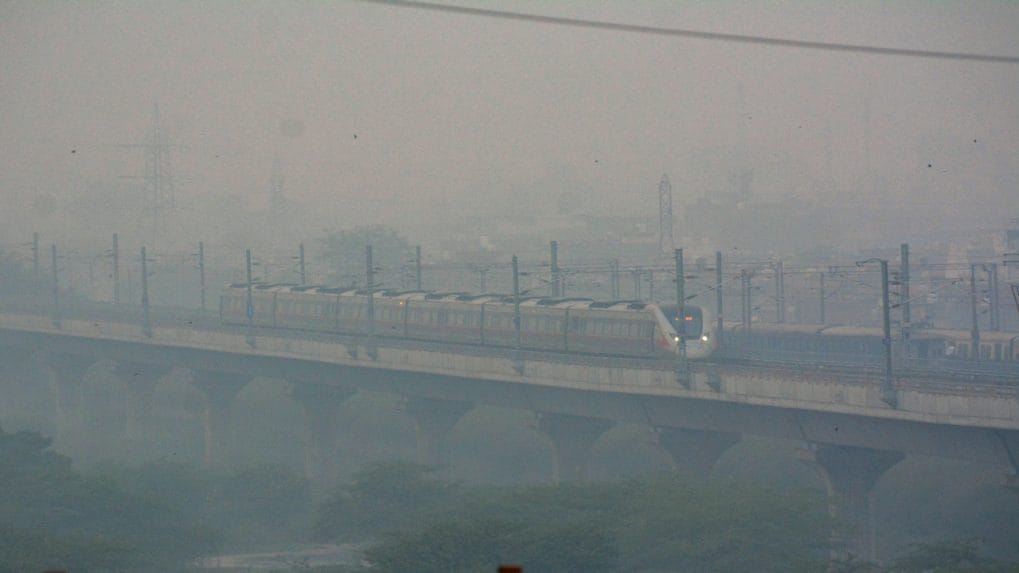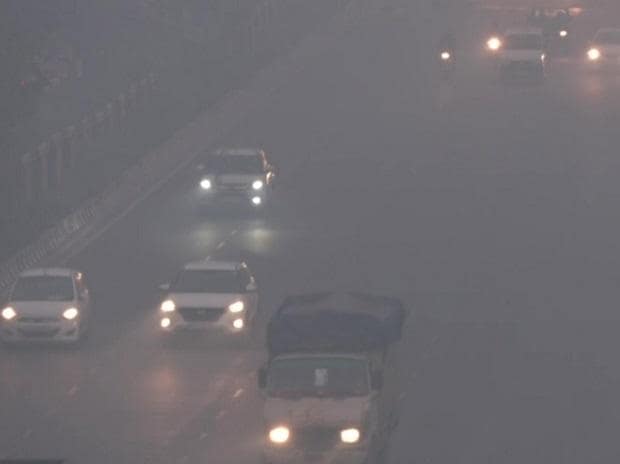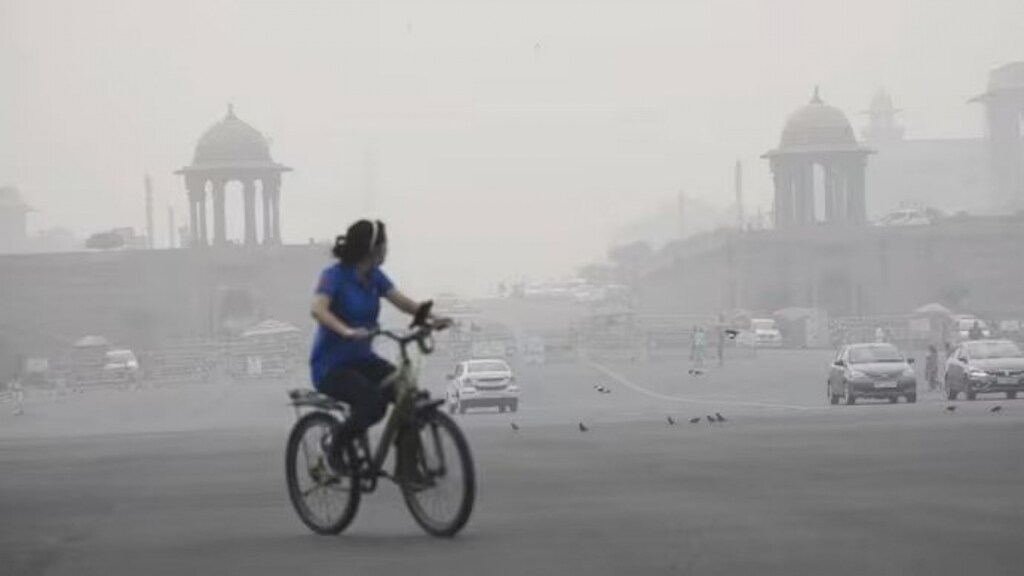Air quality is a subject that has become increasingly important, especially in urban areas like Delhi. The Air Quality Index (AQI) serves as a measure of how polluted the air is in a specific location. When we focus on the AQI in Delhi Dwarka, it becomes clear that air pollution is a growing concern that affects the health and well-being of its residents. This blog aims to provide an in-depth look at the factors influencing the AQI in Delhi Dwarka and why it is crucial for individuals to be aware of it.
What is AQI?
Before delving into the specifics of AQI in Delhi Dwarka, it’s essential to understand what AQI means. The Air Quality Index is a system used worldwide to communicate the quality of air in an area. It measures pollutants like particulate matter (PM2.5 and PM10), nitrogen dioxide (NO2), sulphur dioxide (SO2), ozone (O3), carbon monoxide (CO), and others. These pollutants can severely affect respiratory health, especially in vulnerable populations such as children, the elderly, and individuals with pre-existing conditions.
The AQI in Delhi Dwarka is particularly significant as it fluctuates dramatically depending on the time of year, traffic congestion, industrial activities, and even weather patterns. Regular updates on the AQI in Delhi Dwarka allow residents to take precautions when air quality dips into dangerous levels.
Factors Affecting AQI in Delhi Dwarka
Several factors contribute to the rising AQI in Delhi Dwarka. Traffic congestion is one of the primary sources of air pollution in urban areas, and Dwarka, being a bustling residential and commercial hub, faces its share of vehicular emissions. This is a major contributor to the rising levels of PM2.5 and NO2, which significantly worsen the AQI in Delhi Dwarka.
Another crucial factor is the rampant construction activities in the area. Construction dust contributes heavily to particulate matter in the air, further deteriorating the AQI in Delhi Dwarka. Despite regulations that mandate dust control measures, these are often ignored, leading to harmful levels of pollution.
Additionally, seasonal changes, such as the onset of winter, can exacerbate the AQI in Delhi Dwarka. During colder months, temperature inversion traps pollutants closer to the ground, resulting in a sharp increase in air pollution. This phenomenon is particularly pronounced in areas like Dwarka, where industrial emissions, traffic, and construction activities are already at high levels.
The Impact of Poor AQI in Delhi Dwarka
The health implications of a poor AQI in Delhi Dwarka cannot be overstated. Prolonged exposure to high levels of pollutants can cause respiratory issues such as asthma, bronchitis, and chronic obstructive pulmonary disease (COPD). For individuals with pre-existing conditions, a poor AQI in Delhi Dwarka can trigger more frequent and severe symptoms.
Children and the elderly are especially vulnerable to the effects of poor air quality. The AQI in Delhi Dwarka can reach alarming levels, which increases the risk of heart attacks, strokes, and lung cancer over time. As a result, monitoring the AQI in Delhi Dwarka is not only essential for those with existing health problems but also for healthy individuals looking to maintain their well-being.
Steps to Improve AQI in Delhi Dwarka
To improve the AQI in Delhi Dwarka, both the government and the community must work together. Policies aimed at reducing vehicular emissions, such as promoting electric vehicles and enhancing public transportation options, could help mitigate one of the primary sources of air pollution in the area.

The government also needs to strictly enforce regulations regarding construction activities. Dust control measures, such as covering construction sites and regularly watering roads, can significantly reduce particulate matter and thus improve the AQI in Delhi Dwarka. Residents can also do their part by using air purifiers in their homes and planting more greenery, which can help absorb some of the pollutants in the atmosphere.
The government has already taken steps, such as the Graded Response Action Plan (GRAP), which comes into effect when the AQI in Delhi Dwarka reaches hazardous levels. This plan involves temporary bans on construction activities, restricting traffic, and shutting down industries contributing to the pollution.
Monitoring AQI in Delhi Dwarka
It is essential for residents to regularly check the AQI in Delhi Dwarka, especially during peak pollution periods like winter. There are various apps and websites available that provide real-time updates on the AQI in Delhi Dwarka. By staying informed, individuals can adjust their outdoor activities and use protective gear like masks when necessary.
Moreover, schools and offices in Dwarka should also keep a close eye on the AQI in Delhi Dwarka. When air quality plummets, it may be wise to limit outdoor activities, especially for children who are more susceptible to the effects of air pollution. Awareness campaigns could also be useful in educating the public on the importance of AQI monitoring and the steps they can take to minimise exposure.
Long-Term Outlook for AQI in Delhi Dwarka
Looking at the long-term outlook, improving the AQI in Delhi Dwarka will require sustained efforts on multiple fronts. Transitioning to cleaner energy sources for both industries and households will play a vital role in reducing pollution levels. The AQI in Delhi Dwarka can only be consistently improved if there is a broader shift towards renewable energy, reduced reliance on fossil fuels, and a stricter enforcement of environmental regulations.
The introduction of more green spaces and parks can also help combat the rising AQI in Delhi Dwarka. Trees act as natural air purifiers, absorbing harmful pollutants and releasing oxygen back into the atmosphere. Urban planning that incorporates green belts and reduces the need for long commutes can also play a significant role in lowering the AQI in Delhi Dwarka.
Conclusion
In conclusion, the AQI in Delhi Dwarka is a critical metric that residents should monitor closely to protect their health. Various factors, including traffic congestion, construction activities, and seasonal changes, contribute to the poor air quality in the area. By being aware of the AQI in Delhi Dwarka and taking steps to reduce exposure to pollutants, individuals can safeguard their health.
Both the government and the community need to play their part in improving the AQI in Delhi Dwarka. From stricter regulations to individual actions like using air purifiers and reducing vehicle emissions, every effort counts. The key to improving the AQI in Delhi Dwarka lies in sustained action, awareness, and a commitment to a cleaner, healthier future.

